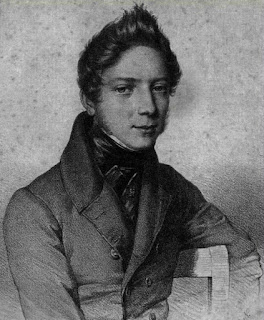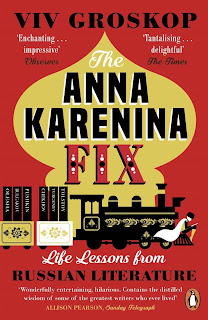I've packed a box of books on applied sciences (energy, environment etc.) that may be more useful to others than they are to me. If anybody has a bright idea how they could be made to benefit a good cause (I'll accept educating yourself as a good cause), I'm all ears.
~ 22 books listed chronologically backwards:
Ethanol: Science and engineering
Editors: Angelo Basile, Adolfo Iulianelli, Francesco Dalena, T. Nejat Veziroglu
Elsevier 2018, ISBN: 9780128114582
Low Carbon Energy Transitions
Kathleen M. Araujo
Oxford University Press 2018
Sonochemistry
Gregory Chatel
Nanocomposite materials: synthesis, properties and applications
Jyotishkumar Parameswaranpillai, Nishar Hameed, Thomas Kurian, Yingfeng Yu (Editors)
CRC Press 2017, ISBN 978-1482258073
Fracking (Issues in Environmental Science and Technology, Vol. 39)
R.E. Hester, R. M. Harrison, eds.
Royal Society of Chemistry 2015, ISBN: 978-1-84973-920-7
Still only one Earth: Progress in the 40 years since the first UN Conference on the Environment.(vol 40 of the series: Issues in Environmental Science and Technology)
R. E. Hester and R. M. Harrison, eds.
RSC publishing, 2015, ISBN 978-1-78262-076-1
Biohydrogen
Matthias Rögner (Ed.)
Walter de Gruyter, 2015, ISBN 978-3-11-033645-0
Low cost emergency water purification technologies
Chittaranjan Ray, Ravi Jain
Butterworth Heinemann 2014, ISBN 978-0-12-411465-4
The burning answer: a user’s guide to the solar revolution
Keith Barnham
Weidenfeld & Nicolson 2014
The economic competitiveness of renewable energy - pathways to 100% global coverage,
Winfried Hoffmann.
Handbook of cellulosic ethanol
Ananda S. Amarasekara
Scrivener Publishing 2014, ISBN 978-1-118-23300-9
Introduction to Carbon Capture and Sequestration
(The Berkeley Lectures on Energy, Vol. 1)
Berend Smit, Jeffrey A. Reimer, Curtis M. Oldenburg, Ian C. Bourg
Imperial College Press, ISBN 978-1-78326-327-1
Hydrofracking: what everyone needs to know
Alex Prud'homme
OUP 2014
Polymers for energy storage and conversion
Vikas Mittal, ed.
Wiley / Scrivener 2013, ISBN 978-1-118-34454-5
Powering planet Earth: Energy solutions for the future
Nicola Armaroli, Vincenzo Balzani, Nick Serpone
Wiley-VCH 2013, ISBN: 978-3-527-33409-4
Physical gels from biological and synthetic polymers
Madeleine Djabourov, Katsuyoshi Nishinari, Simon B. Ross-Murphy
Cambridge University Press 2013 ISBN 978-0-521-76964-8
Functional materials from renewable sources
Falk Liebner and Thomas Rosenau, eds.
ACS Symposium series 2012
ISBN 978-0-8412-2788-0
Natural products in chemical biology
Natanya Civjan, ed.
J. Wiley & Sons, 2012
Advanced Oil Crop Biorefineries (RSC Green Chemistry 2012)
Self-assembly and nanotechnology systems: Design, characterization, and applications
Yoon S. Lee Wiley 2012 ISBN 978-1-118-08759-6
Chemistry for sustainable technologies: A foundation
Neil Winterton
RSC 2011
The physicochemical basis of pharmaceuticals
Humphrey Moynihan, Abina Crean
Oxford University Press 2009
Concepts of Nanochemistry
Ludovico Cademartiri and Geoffrey Ozin
Wiley-VCH 2009; ISBN 978-3-527-32597-9
(Back in the 00s, I used to carry or send books to Latin America, but I no longer travel that far without a very good excuse and the postage has become horrendously expensive, which is why I'm looking for alternatives.)

This was a lovely cover, but I found the content a bit disappointing ...



























